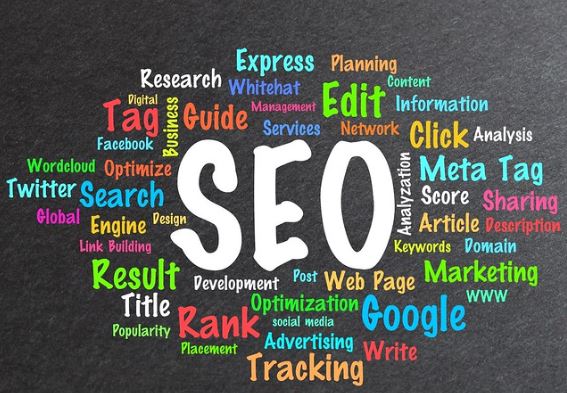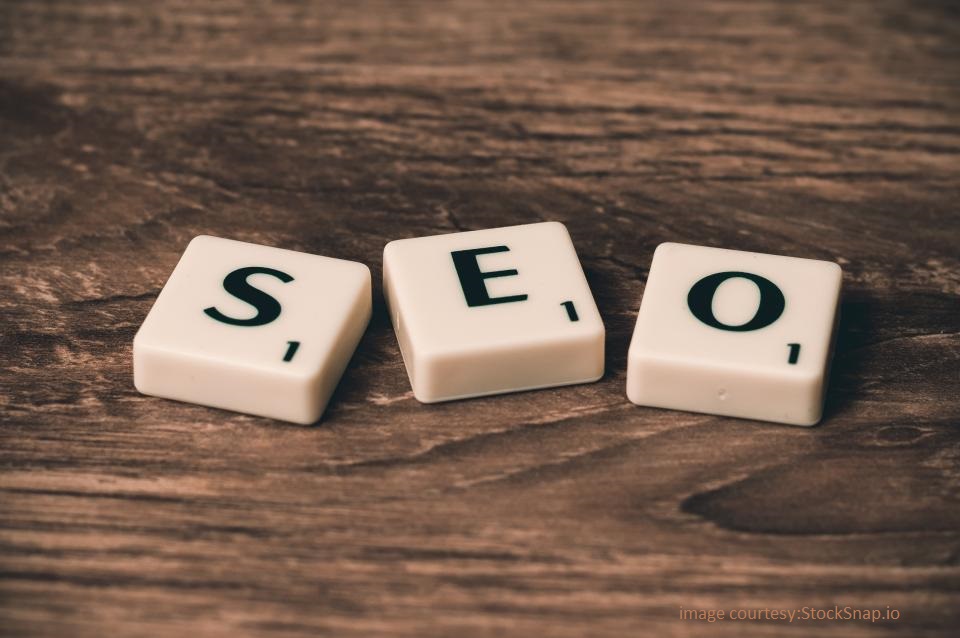
We all now understand that driving traffic to your website is the ideal way to generate return on your investment. Many company owners consider the fact that you have a website is all you need to gain strength with Google thus giving the opportunity to build traffic looking for your products and services.
Of course, this is not strictly true. Your website must be designed and built in a way that Google understands, and this will therefore build a rapport by working with Google. With this in mind we must understand that SEO and web design are not separate elements but part of the same goal.
If you want to make your website work effectively and truly return on the investment you have made then both SEO and web design must work together. Google cares about how your site looks and feels and so in order to make your website work within its search listings there are a few areas you must consider.
This takes more than simply keyword frequency and so the following 5 items are a few areas that should be optimised in order to drive this visibility:
- Mobile matters.
At the end of 2017, Google announced on its webmaster blog that it was going to start indexing mobile sites first. Previously, the desktop version of a website was the one that would get indexed.
With this in mind, when you design or redesign your site you must spend extra time working on the mobile version, as that is the one its algorithm is going to be analysing. How responsive is your text and your pictures? Is everything tagged correctly?
Using the mobile version of your website as the main testing area will be the best way to ensure you get all elements correct. Designing your site carefully for mobile devices will make your SEO better.
- User-friendly is Google-friendly.
When someone comes to your website, looks around and then leaves because they can’t find what they’re looking for, this is referred to as a bounce.
One thing that is getting clearer is that as its algorithm improves, the interaction between what is considered good for users will also be what is considered good for Google. If you have a clear design that’s easy to navigate, your users will be able to find what they are looking for. That means more time on site, more engagement, more backlinks which are all things Google loves.
User-friendly, intuitive design is an important component of SEO. One thing Google has said is for designers to treat them like one would treat a regular customer. Therefore, if your site is hard to navigate and not responsive then it is as much of an issue for Google as it is for users. Design and SEO aren’t separate things. If you’re doing it right, they combine to make an excellent user experience, this can also lead to an increase in rankings.
- Slow and steady doesn’t win the race.
Good design should load cleanly and quickly. Keeping your design simple and your page clear of clutter helps with page speed, which is one of the key components Google measures when it’s indexing.
Pages with longer load times tend to have a higher bounce rate and lower time on page and slow pages will lower conversion!
If you want to speed up your page, good design is a start. Use the correct format and compression on images. Optimise code and strip out Javascript. The cleaner your page is, the better off your load times will be — and a speedy page means a happy user.
- Good content is good SEO.
Is your content unique, clear, concise, intuitive and to the point?
Google loves sites that have a clear and intuitive content structure, with pages that are easy to follow, keywords and page structure that are in the right places and content that makes sense.
Good structure and relevant content make you rank higher and might even get you to the top of search results. What’s not to like?
- Your site map should make sense.
When you map out your site, what does it look like? Is it some sort of octopus with arms flailing in every direction? Or an overgrown hedge, with dead wood sticking out here and there where forgotten branches have died?
If your internal linking structure doesn’t make sense to you, it won’t make sense to your users and, it definitely won’t make sense to Google. That’s why you need to put some time into making your link structure make sense. Look at your anchor text and make sure it follows best practice.
Make sure you’re not leaving dead ends your users will get lost in. Is your design intuitively leading people to the right place? Your site map is just as much a function of design as SEO, so getting your design team and your SEO people in the same room to work on it is probably a good idea.
Even though SEO sounds like an extremely technical art, it is implemented hand in hand with intuitive web design. Google’s algorithm is smarter than it’s ever been, and gaming the system is simply not an option. By combining your design and your SEO in order to make pages that appeal to both Google and your users will without doubt deliver success.




